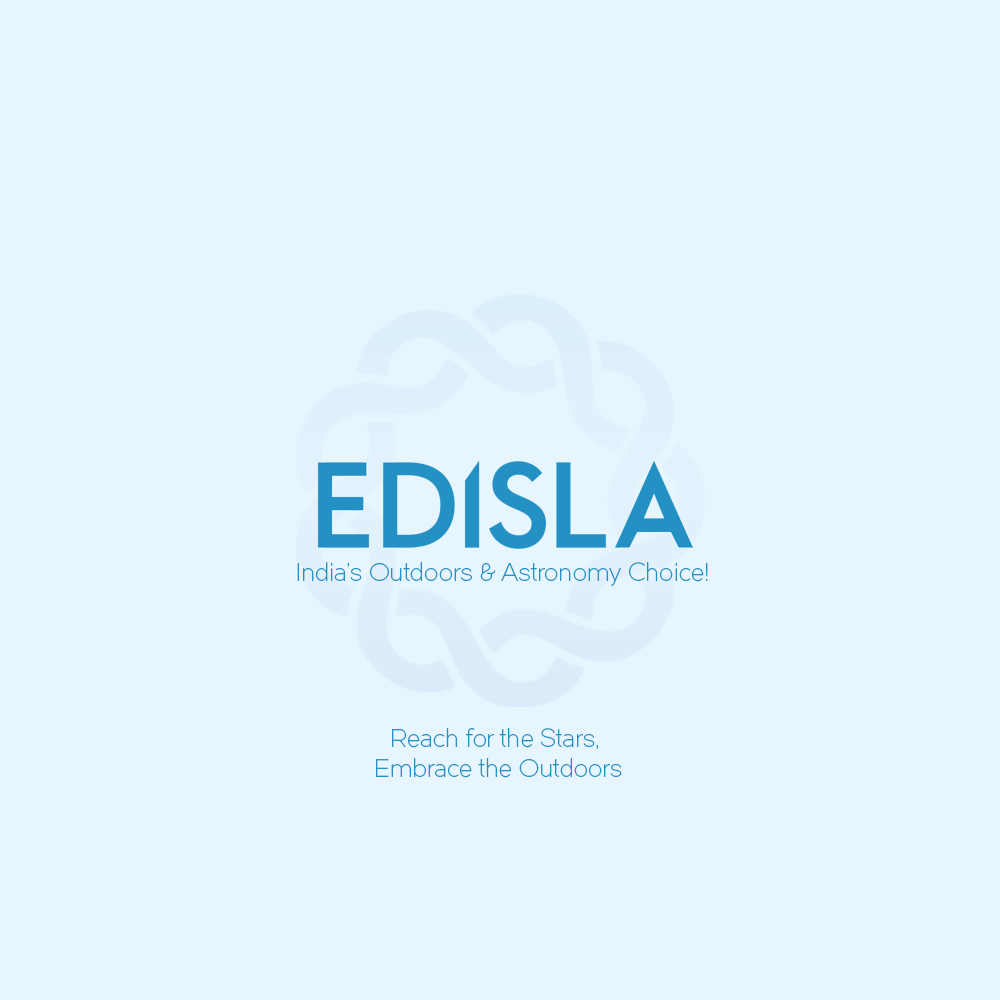Ultimate Guide to Astrophotography Mounts | What to Choose, What to Fix & What to Avoid
EDISLA’s Ultimate Guide to Astrophotography Mounts: Precision Starts Here
Astrophotography isn’t about simply pointing your camera at the night sky—it’s about tracking. And the heart of that tracking lies in your telescope mount.
Welcome to EDISLA’s comprehensive guide, where we break down everything from time-tested worm drives to modern harmonic systems, explore real-world field challenges like the AM5’s RA issues, and introduce a wave of new Chinese innovations that are reshaping the astrophotography landscape.
Because in astrophotography, precision isn’t optional—it’s essential.
Why Mounts Are Critical in Astrophotography
A telescope mount has two primary roles:
-
Positioning your telescope accurately in the night sky
-
Tracking the motion of celestial objects as Earth rotates
Without precise tracking, stars blur into trails, and deep-sky objects lose definition. Choosing the right mount is not just a gear choice—it’s the foundation of every successful astrophotography session.
Types of Telescope Mounts
1. Alt-Azimuth (Alt-Az) Mounts
-
Motion: Moves in altitude (up/down) and azimuth (left/right)
-
Pros: Intuitive, beginner-friendly, easy setup, excellent for lunar and planetary imaging
-
Cons: Field rotation during long exposures makes deep-sky imaging difficult
Pro Tip: Pairing an Alt-Az mount with an equatorial wedge reduces field rotation, but for exposures beyond a couple of minutes, a field de-rotator may still be necessary.
2. Equatorial Platforms
-
Designed for: Dobsonian telescopes or wide-field camera rigs
-
Function: A tilted platform moves in sync with Earth’s rotation, offering about an hour of smooth tracking
-
Pros: Quiet, portable, simple to use
-
Cons: No GoTo functionality; must reset after ~1 hour
Best Use: Wide-field astrophotography and short-exposure imaging for beginners.
3. German Equatorial Mounts (GEMs)
-
Design: Aligns one axis (Right Ascension) with Earth’s rotational axis
-
Advantages: Eliminates field rotation, supports precise slewing and GoTo, highly customizable
-
Sizes: From portable travel mounts to full observatory setups
Why GEMs dominate: They allow long-exposure deep-sky astrophotography without complex workarounds, making them the backbone of modern astrophotography.
Mount Drive Systems: The Heart of Precision
Worm Gear Drives
-
Legacy system: Trusted workhorse of astrophotography for decades
-
Mechanism: Worm gear rotates a larger gear to produce smooth motion
-
Pros: Predictable motion, easy to correct periodic errors
-
Cons: Periodic error exists; even premium mounts like the EQ6-R Pro or iOptron CEM70 may experience up to 10 arcseconds of drift
Enhancements:
-
Periodic Error Correction (PEC): Records gear imperfections and pre-corrects them
-
Autoguiding: Uses a secondary camera to maintain sub-arcsecond accuracy
-
Encoders: Real-time sensors on RA and DEC axes that allow unguided precision for minutes or hours
Harmonic (Strain-Wave) Drives
-
Modern approach: Compact, lightweight, minimal backlash
-
Advantages: No bulky counterweights, portable, efficient
-
Examples: ZWO AM5, Pegasus NYX-101, iOptron HEM27
-
Challenges: Irregular deviations, high static friction, may require tuning
Field Insight: Professor Vijay Sutar improved his AM5’s guiding RMS from 1.5” to 1” by lubricating the wave generator—a reminder that harmonic drives require fine-tuning for top-tier performance.
Choosing the Right Mount for Your Setup
Entry-Level Mounts
-
Sky-Watcher Star Adventurer GTi: Compact, portable, supports 5 kg, GoTo via SynScan
-
Ideal for DSLR or mirrorless wide-field astrophotography
Mid-Level GEMs
-
HEQ5 Pro, EQM-35 Pro: Belt-driven, 10–13 kg payload, reliable community support
-
Excellent for deep-sky imaging with moderate focal lengths
High-End GEMs
-
EQ6-R Pro: 20 kg payload, low periodic error, robust guiding response
-
Supports long exposures on broadband and narrowband targets
Harmonic Drive Options
-
ZWO AM5: Portable, no counterweights, requires careful tuning
-
iOptron CEM70: Center-balanced, 32 kg payload, optional high-res encoders
Observatory-Class Precision
-
EQ8-R Pro: Permanent installation, belt-driven, near-zero backlash
-
10Micron GM1000 & Astro-Physics Mach2GTO: Sub-arcsecond unguided tracking with absolute encoders
The New Wave: Chinese Innovations and DIY Mounts
Harmonic drives are no longer niche. Chinese manufacturers and DIY hobbyists are pushing boundaries:
-
Juwei-17: Affordable strain-wave mount with integrated GoTo support
-
WarpAstron WD-20P: High-res encoders, 30 kg payload, guiding RMS as low as 0.3”
-
EM31 Pro (EmcanAstro): Dual-mode EQ/Alt-Az, Wi-Fi, Bluetooth, carbon fiber construction
DIY Revolution: Platforms like OnStep allow makers to rebuild or build mounts from scratch at a fraction of the cost. Real-world examples, like Professor Sutar’s customized CEM70G, show this approach works—sometimes for $60 USD versus $1,200+ for official replacements.
Field-Tested Mount Recommendations
-
Polar Alignment: Crucial. <5 arcmin for worm gears; <2 arcmin for harmonic drives
-
Balance: Slightly east-heavy on RA, front-back on DEC
-
Payload: Operate at 60–70% of rated capacity for optimal guiding
-
PEC: Use with autoguiding for maximum precision
-
Autoguiding Setup: Smooth corrections, proper guide scope, dither exposures
-
Cable Management: Avoid drag; use internal pass-throughs
-
Temperature & Environment: Let mounts acclimate; protect electronics
-
Know Your Mount: Monitor RA/DEC guiding graphs, understand mount behavior
Conclusion: The Mount Is Everything
Your mount isn’t just hardware—it’s the difference between stars and streaks, beauty and blur. From a beginner Star Adventurer GTi to a precision 10Micron GM1000, everything in astrophotography begins with stable, controlled, precise motion.
At EDISLA, we don’t just review gear—we test it under real skies, fix it, and push it to its limits. Precision is the rule, not the exception—and your mount is the foundation of every amazing astrophotography session.


